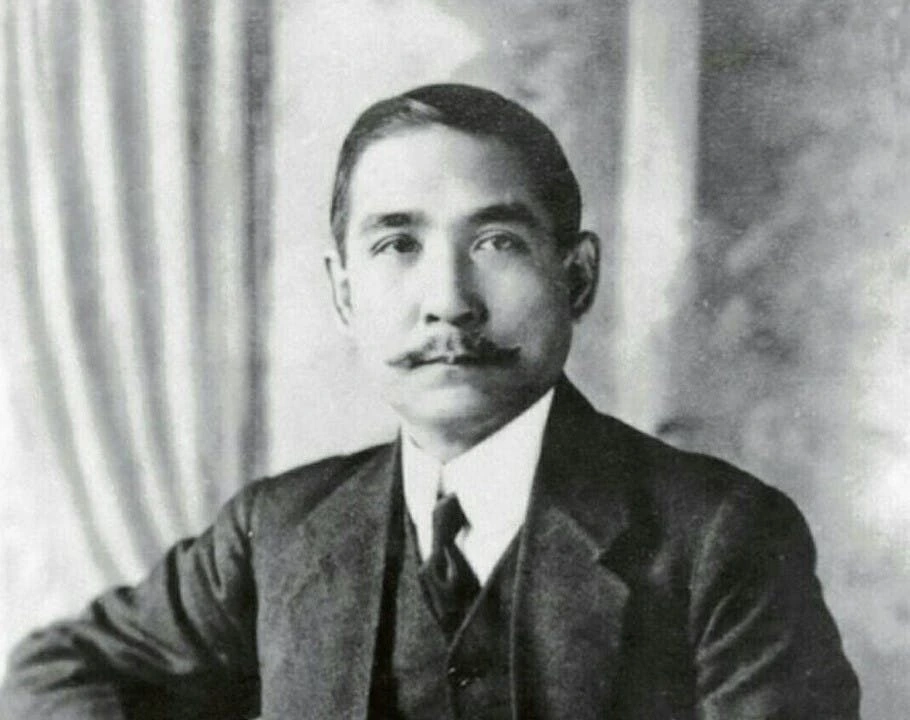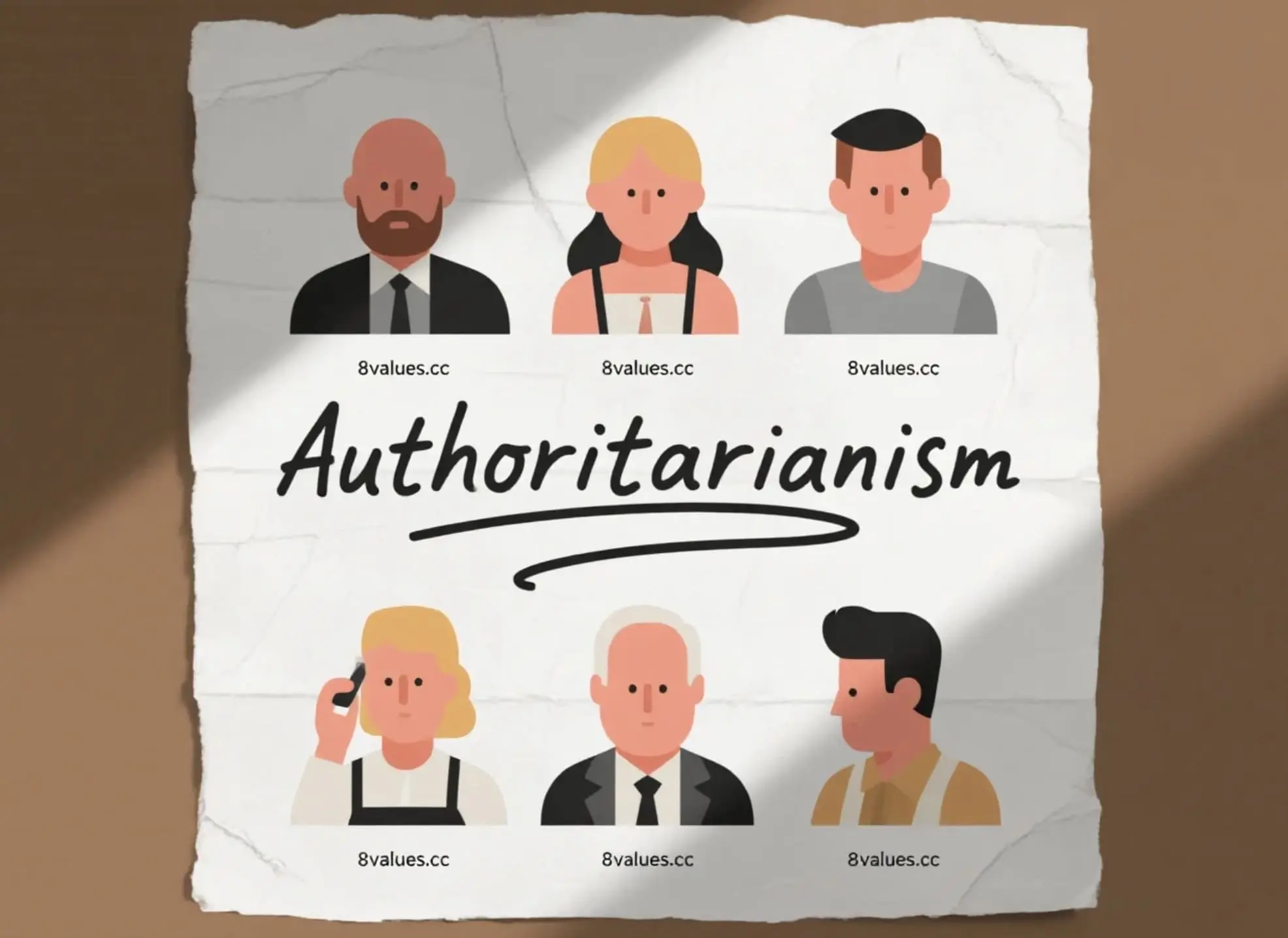Sun Yat-sen: A great pioneer of China's democratic revolution and an interpretation of the Three Principles of the People
A thorough interpretation of the life, thoughts, Three Principles of the People and its grand strategy for founding the country, Sun Yat-sen, a great modern Chinese national hero and revolutionary pioneer.
Sun Yat-sen is a famous politician, revolutionary, doctor and political philosopher in modern China. He is known as a great national hero, a great patriot, and a great pioneer of China's democratic revolution. As an outstanding leader of the 1911 Revolution, Sun Yat-sen led the overthrow of the feudal monarchy of the Qing Dynasty and founded the first democratic republic in Asia, the Republic of China (ROC). He is also the first leader and founder of the Kuomintang (KMT).
The political philosophy system proposed by Sun Yat-sen, namely the Three Principles of the People, advocates nation, civil rights and people's livelihood, aims to establish a republic with people, governing people and enjoying people.
Sun Yat-sen enjoys a high reputation on both sides of the Taiwan Strait of China. In Taiwan, he is respected as the "Father of the Nation". In mainland China, he was respected as the "Forerunner of the Revolution", and his name was even written into the preamble to the Constitution of the People's Republic of China.
Sun Yat-sen's various names and early experiences
Sun Yat-sen was born on November 12, 1866 (the sixth day of the 10th day of the fifth year of Tongzhi) in Cuiheng Village, Xiangshan County, Guangzhou Prefecture, Guangdong Province (now Zhongshan City).
He has used multiple names, many of which were taken to promote the revolution or avoid wanted.
- Genealogy and Young Name: His genealogy is Sun Te-ming, and Young Name is the Emperor Elephant .
- Name and word training: When he was in a village school in his childhood, he was named Sūn Wén, which was also the name he used most of his life. His word is Zaizhi (Zàizhī).
- The name and name of the religion: When he was baptized in Hong Kong and joined Christianity in 1884, he took the name of the religion as Rìxīn . The allusion is taken from the Confucian classic "The Great Learning" "If you are new every day, you are new every day, and you are new every day." His name is Yixian (Yìxiān) was modified by Pastor Fengji, a Chinese teacher, based on the Cantonese homophonic of "Risin".
- English name: The internationally well-known Sun Yat-sen is the Cantonese pronunciation transliteration used by "Sun Yat-sen" in Hong Kong.
- General name: His most popular Chinese name, Sūn Zhōngshān , originated from the pseudonym "Nakayama Kikori" (Nakayama Kikori, meaning "Chinese mountain woodcutter") he took to cover up his identity when he was exiled to Japan in 1897.
Sun Yat-sen grew up in an ordinary family in his childhood, and his family's background improved until his elder brother Sun Mei ran a ranch and shop in Hawaii. In 1878, 12-year-old Sun Yat-sen went to Honolulu with his mother, and with the support of his brother, he received a Western-style modern education at ʻIolani School and Oahu College (now Punahou School) in Hawaii.
From medical practitioners to reforming China: Early revolutionary ideas emerge
Sun Yat-sen studied medicine in his early years. He studied at Guangzhou Boji Hospital and Hong Kong College of Medicine for Chinese (predecessor of the School of Medicine of the University of Hong Kong), and graduated with excellent results in 1892 and became a Western medicine physician. He chose medicine because he believed that "medicine is also a technique to save people."
Ideological transformation and the establishment of Xingzhonghui
During his study in Hong Kong, Sun Yat-sen had close contacts with revolutionary thinkers such as Yang Heling, Chen Shaobai, and Yulei, and was called the "Four Great Bandits" by people at that time. He was deeply influenced by modern Western thought and Christian doctrines, and saw that "Christ's purpose of salvation is in harmony with the revolution."
At the end of the 19th century, the corruption of the Qing government and the failure of the First Sino-Japanese War made him witness the danger of being divided by Western powers. He decided to give up his "medical career" and engage in "medical cause".
- Wrongful writings and improvement: In 1894, Sun Yat-sen wrote the famous "Letter to Li Hongzhang" and proposed to Li Hongzhang, the governor of Zhili, to imitate the West's self-improvement proposal to develop industry and agriculture and reform education. However, he failed to see Li Hongzhang. This experience made him see the corruption of the Qing government, and his thoughts changed, from a reformist to a democratic revolutionary who overthrew the Qing Dynasty.
- Xingzhong Society was established: On November 24, 1894, Sun Yat-sen founded the Revive China Society , the first modern revolutionary group in Chinese history, in Honolulu, and clearly put forward the revolutionary program of "expelling the Tartars, restoring China, and establishing the United Government."
Unity of the Revolutionary Force: Tongmenghui and Xinhai Revolution
In the following years, Sun Yat-sen experienced the failure of several armed uprisings and the hardships of exile and fundraising overseas.
A revolutionary journey of repeated defeats
In 1895, the Xingzhonghui planned the first armed uprising in Guangzhou. The incident failed and more than 70 members including Lu Haodong were arrested and died. Sun Yat-sen was forced to die overseas.
- London is in danger: In 1896, Sun Yat-sen was trapped by the Qing embassy in London, England and planned to be secretly deported back to the country for execution. Later, he was released under the rescue of his teacher James Cantlie and other British friends. This incident made him famous. He later wrote "London Dilemma".
- The Tongmenghui was founded: On August 20, 1905, in order to unify the national revolutionary forces, Sun Yat-sen joined forces with revolutionary groups such as Xingzhonghui and Huaxinghui to create the national bourgeois revolutionary party, the Tongmenghui , in Tokyo, Japan. He was elected Prime Minister. The program of the Tongmenghui is to "expel the Tartars, restore China, establish the Republic of China, and equalize land rights."
First Rebellion and Provisional President
Under the organization of the Tongmenghui, Sun Yat-sen led revolutionary patriots to launch many armed uprisings in South China and other places, including the Guangzhou Huanghuagang Uprising in April 1911.
On October 10, 1911, the Wuchang Uprising broke out and then developed into the Chinese Revolution. At that time, Sun Yat-sen was raising funds in Denver, USA. After learning that the uprising was successful, he quickly returned to China.
On December 29, 1911, Sun Yat-sen was elected as the interim president of the Republic of China by representatives of 17 provinces by majority votes. On January 1, 1912, he was sworn in Nanjing and the Provisional Government of the Republic of China was established.
On February 12, 1912, Puyi, the last emperor of the Qing Dynasty, announced his abdication, ending China's monarchy system for more than 2,000 years. Sun Yat-sen was forced to resign from his post as interim president after the Qing emperor abdicated, giving way to Yuan Shikai, who controlled the Beiyang Army.
During his tenure as a provisional government, Sun Yat-sen presided over the formulation of the Provisional Constitution of the Republic of China, which was the first democratic constitutional document in Chinese history, clearly stipulated that "the sovereignty of the Republic of China belongs to the entire nation."
Three Principles of the People: The Grand Blueprint of the Founding Strategy
The core of Sun Yat-sen's political thought is the Three Principles of the People, which aims to achieve independence, democracy and prosperity of the Chinese nation through political construction and economic development. Sun Yat-sen believed that the Three Principles of the People were the ideological basis for transforming and building China.
Three core principles
- Nationalism (Minzu): advocates equality and integration of all ethnic groups in the country, forming the "Chinese nation". Oppose imperialism to the outside world and emphasize the pursuit of international equality.
- Civil Rights: Advocate for the establishment of a democratic system. He proposed the theory of power distinction of "the people have power, and the government has power", believing that the people should have four powers: election, recall, creation, and re-decision. In terms of government structure, he proposed the famous Five-Power Constitution , which increases the power of examination and supervision in addition to the three powers of legislation, administration and judicial powers.
- Minsheng: pursues people's life welfare, advocates the implementation of equal land rights, controls capital, develops state capital, and achieves social equality. He once clearly pointed out that he hoped to "make foreign capitalism to create socialism in China" and believed that people's livelihood is socialism.
Exploring political ideology: Sun Yat-sen's Three Principles of the People includes multiple aspects such as national independence, democratic politics and people's livelihood and welfare. Its political thoughts have elements of revolutionary nationalism, progressivism and democratic socialist . If you are interested in the composition and tendencies of different ideologies , you can try a 8Values political values tendency test to gain a clearer understanding of your political stance.
Gradually constructed and industrial planning
Sun Yat-sen proposed that national construction should follow the gradual path of three stages: military and political, training and constitutionalism . During the training period, infrastructure construction and civil rights training should be given priority.
He has written systematic works such as "The Fundamentals of National Reconstruction" and "The Outline of the Founding of the People's Republic of China". Among them, The International Development of China shows his grand blueprint for China's modernization:
- Transportation Network: It is planned to build approximately 160,000 kilometers of railways and 1.6 million kilometers of road network.
- Port construction: Plan and build three world ports (Northern Dagang, Oriental Dagang, and Southern Dagang).
- Industrial development: Emphasize the development of heavy industries such as steel and machinery manufacturing, and promote China's industrialization by introducing foreign investment and advanced technologies. He advocated the use of foreign capital to develop Chinese industries, but emphasized that foreign capital must be "in my mind".
Sun Yat-sen also advocated Pan- Asianism , advocated Asian unity, overthrew the "dominant" of the West, and promoted the "kingdom" of the East.
The last years of the alliance with Russia to support the Communist Revolution
After overthrowing the imperial system, Sun Yat-sen experienced a series of setbacks such as Yuan Shikai's proclaimed emperor, Song Jiaoren's assassination, the failure of the "Second Revolution", and the exclusion of the guardian movement by warlords. He realized that it is difficult to achieve China's unity and independence with the power of one party alone.
First United Front
Faced with the chaotic situation of domestic warlord separatism, Sun Yat-sen turned his attention to international anti-imperialist forces.
- United Russia decision-making: He and the Soviet government representative Adolph Joffe issued the "Joint Declaration on Sun Yat-sen's Joint Declaration" in January 1923, laying the foundation for the United Russia policy.
- Three major policies: Sun Yat-sen received the help of the Communist International and the Communist Party of China (CCP), proposed three major policies to unite Russia, unite the Communist Party, and help farmers and workers, and started the first United Front.
- Whampoa Military Academy: In January 1924, the Kuomintang held its first national congress in Guangzhou. In June of the same year, with the help of Soviet advisers, Sun Yat-sen founded the Whampoa Military Academy on Changzhou Island, Huangpu, Guangzhou to cultivate revolutionary military talents for the Northern Expedition.
Regretful death and Prime Minister's will
In October 1924, due to the Beijing coup, Sun Yat-sen was invited to go north to discuss national affairs with all parties. He arrived in Beijing while sick, advocated the convening of a national meeting to achieve peaceful reunification of the country, and called for the abolition of all unequal treaties signed with Western powers.
Sun Yat-sen's condition has worsened since January 1925 and he was admitted to the hospital for treatment. He died in Beijing on March 12, 1925 due to cancer (reevaluated by modern medicine and determined to be metastasized to the liver) at the age of 58.
On the eve of his death, he signed three wills: "State Will", "Family Will" and "Suicide Letter to the Soviet Union". In the "State Will", he summarized 40 years of revolutionary experience, issued a call for "the revolution has not been successful, and comrades still need to work hard", and asked comrades to continue to work hard to implement his "Strategy for Founding of the Country", "Outline for Founding of the People", "Three Principles of the People", etc.
On June 1, 1929, Sun Yat-sen's coffin was buried in the Zhongshan Mausoleum on the southern foot of Zijin Mountain in Nanjing.
Historical evaluation and eternal commemoration
With his great contribution to the country and nation, Sun Yat-sen enjoys a lofty historical position in the hearts of Chinese people at home and abroad. He ended China's thousands of years of autocratic system and was recognized as the founder of the founder of the Chinese republic.
Official honorary title and evaluation
In the People's Republic of China, Sun Yat-sen was respected as "the great pioneer of China's democratic revolution" and was highly praised as "outstanding patriot and national hero". Mao Zedong, the leader of the Communist Party of China, once praised him for "exploding his whole life to transform China wholeheartedly, and he really devoted himself to it until his death." Xi Jinping pointed out that Sun Yat-sen was the first to propose a method of rejuvenation of the Chinese nation.
Culture and Memorial
In order to commemorate Sun Yat-sen's historical achievements, many places and buildings were named after him.
- Place Name and Road: Sun Yat-sen's hometown Xiangshan County was renamed Zhongshan County in 1925. In many major Chinese cities, the main roads are named "Zhongshan Lu".
- Educational institutions: Important institutions include Sun Yat-sen University in Guangzhou and National Sun Yat-sen University in Taiwan.
- Memorial facilities: Sun Yat -sen Mausoleum in Zijin Mountain, Nanjing is his burial place. In addition, there are the Guangzhou Zhongshan Memorial Hall, the National Dr. Sun Yat-sen Memorial Hall in Taipei, and the Hong Kong Dr Sun Yat-sen Museum, etc., aiming to promote his patriotic ideas and revolutionary spirit. His image also appears at commemorative coins and commemorative exhibitions in China.
Revolutionary spirit and philanthropy thought
Sun Yat-sen's life implemented the lofty ideal of "the world is for the public" that he pursued. This idea originated from the Confucian classic "Book of Rites·Liyun". He interpreted the Confucian "benevolence" as the revolutionary "benevolence to save the country", resolutely gave up the ideal of a missionary or a famous doctor, and devoted himself to the revolutionary cause of saving China. He emphasized that the value of life lies in dedication to the nation and the country. His firm revolutionary spirit and unremitting will to this day are still the precious spiritual wealth for the Chinese people to achieve national prosperity and national rejuvenation.
Summarize
This article introduces Sun Yat-sen's life, thoughts, and his historical status as a pioneer of the Chinese revolution , focusing on analyzing his theory of the Three Principles of the People, the role in the Revolution of 1911 , and the policy of joining Russia and staking the Communist Party in his later years. For more content, please continue to browse our official blog .







